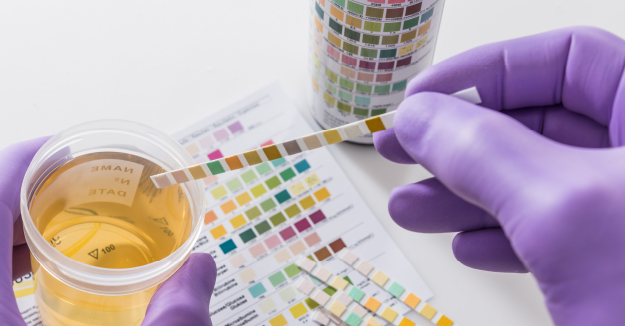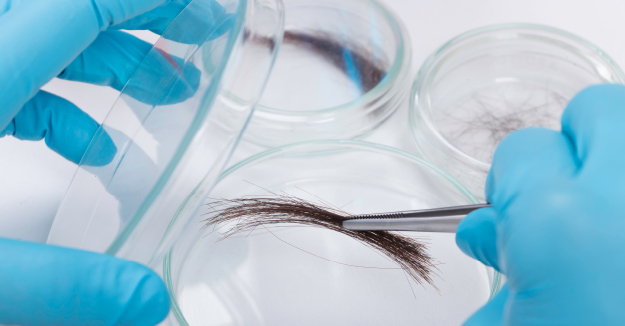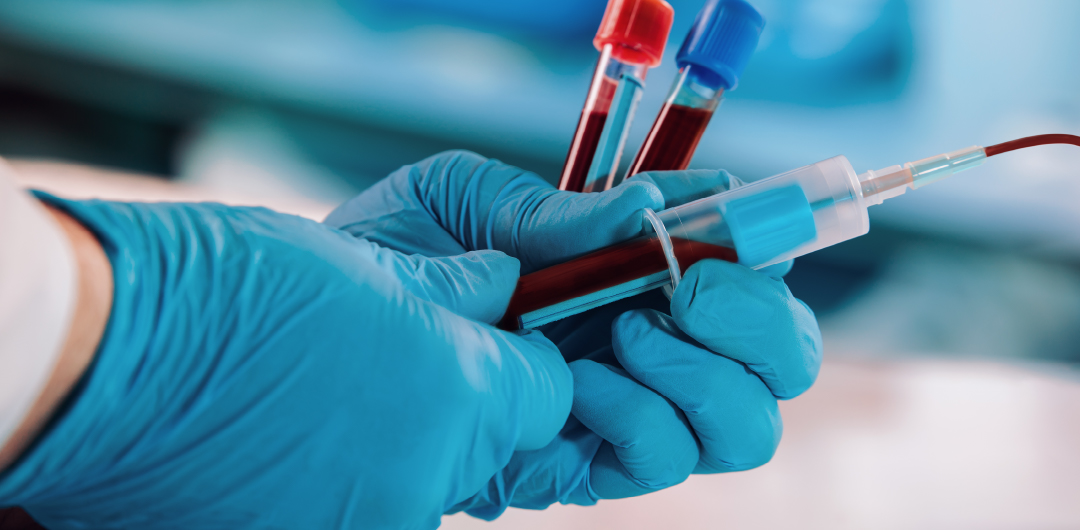While the media often makes toxicology tests (tox screens) seem like something to be feared, they are relatively simple and patients need not be apprehensive about having one done. We’ve compiled some information to teach you what to expect when you go in for a toxicology screening and outlined some reasons why you may need to get one.
What is a Toxicology Screening?
A toxicology screening is a form of drug test that is used for a variety of reasons. Because the toxicology screen checks for drugs of all kinds, including legal and illegal drugs, they may be used in a normal doctor’s office or when someone in an emergency situation displays life-threatening symptoms without a distinguishable cause.
There are many types of toxicology screens that analyze different types of fluids or tissues in the body, including one’s urine, blood, saliva, sweat, or hair. Typically, the different kinds of tox screens test for the same substances, but the window of detection for each drug is shorter or longer depending on what is tested (for instance, illegal drugs tend to clear out of the blood much sooner than they do from hair or urine).
The process of collection for each test is slightly different. For the blood test, physicians will draw one’s blood from a vein in the arm using a needle. This is comparatively the most painful or difficult test to administer, but will only sting for a moment. The blood-draw site may be sore for a few days afterward, if at all.
Urine and saliva tests are much simpler and won’t cause any pain. For a urine drug test, the physician will need to collect a urine sample from you. They will give you a collection cup with a leak-proof lid; to ensure that no urine makes its way out of the cup, carefully replace the lid on the cup when you are done urinating and wipe off anything that has sprayed onto the outside. For a saliva sample, your physician may use a swab stick to collect saliva from the inside of your cheek, have you spit into a collection cup or tube, or use a drainage or suction device to collect your saliva.
While hair samples are also called hair follicle samples, the collection process does not necessitate the collection of hair follicles. Instead, the physician will collect a small amount of hair (around 100 strands or the width of a pencil) from as close to the scalp as possible on a patient’s head. If there is not an appropriate amount of hair on the patient’s head, hair will be collected from the underarms, face, or pubic area.
Sweat samples require a slightly different process. To collect an adequate amount of sweat for a toxicology test, the patient will wear a sweat patch on their upper arm, which will be applied by a trained professional after the area is wiped with an alcohol pad. This pad must be worn by the patient for a longer amount of time than other collection methods require, but the time period varies depending on the person and their perspiration levels.

Why Are Toxicology Screens Used?
As we mentioned above, toxicology screens are used in a number of situations, varying from a random drug test ordered by a school or employer to an emergency situation. In general terms, toxicology screenings are conducted in order to determine the presence of illicit substances or legal drugs in the body.
In emergency medical situations, these tests are performed to evaluate the possibility of an intentional or accidental poisoning or overdose. In other circumstances, the tests are often performed for legal and medical purposes. Legally, many employers require periodic drug testing for their employees to ensure that they are not ingesting or otherwise using illegal drugs on the job. This is especially true for people who work for government agencies or who have highly-sensitive occupations, such as childcare workers. Medically, the tests may be used when a physician wants to prescribe a new medication or determine the cause of a symptom, either to see if there are any drug interactions or to determine if any substances may be the cause of a symptom.
What do Toxicology Screens Test For?
The kinds of drugs that a toxicology test screens for are grouped together in panels. Different panels are capable of testing for different amounts and types of substances. If your employer or school is requiring a tox screen, it is likely that they’ve chosen a specific panel, but if you are conducting a drug test for yourself or for any other reason, ask the lab that will conduct the screen what their panel includes.
Here is a list of common drugs that toxicology screens test for, grouped by drug class:
Opiates and Synthetics:
- Codeine
- Morphine
- Hydrocodone
- Norhydrocodone
- Hydromorphone
- Oxycodone
- Noroxycodone
- Oxymorphone
- Buprenorphine
- Norbuprenorphine
- Fentanyl
- Norfentanyl
- Meperidine
- Normeperidine
- Methadone
- 2-Ethylidene-1, 5-dimethyl-3, 3-diphenylpyrrolidine (EDDP)
- Tapentadol
- N-Desmethyl Tapentadol Tramadol
- O-Desmethyltramadol
Stimulants:
- Amphetamine
- Methamphetamine
- Methylphenidate
- Ritalinic Acid
- Phentermine
Benzodiazepines:
- 7-Aminoclonazepam
- Alprazolam
- a-OH-Alprazolam
- Chlordiazepoxide
- Diazepam
- Nordiazepam
- Oxazepam
- Temazepam
- Clonazepam
- Lorazepam
Muscle Relaxers/Sleeping Aids:
- Carisoprodol
- Gabapentin
- Ketamine
- Norketamine
- Meprobamate
- Pregabalin
- Zolpidem
- Zolpidem-COOH
- Cyclobenzaprine
Keep in mind that this is not a complete list, and certain tox screens may screen for different substances.

How Long Will Something Show Up on a Tox Screen?
Depending on the substance and the type of screen, substances will remain in one’s system for varying amounts of time. The following timeline examples are based on a typical urine tox screen:
- Alcohol: 3-10 hours
- Propoxyphene: 6-48 hours
- Amphetamines: 24-48 hours
- Heroin: 1-2 days
- Codeine: 1-2 days
- Morphine: 1-2 days
- Hydromorphone: 1-2 days
- Phencyclidine: 1-8 days
- Methadone: 2-3 days
- Cocaine: 2-4 days*
- Benzodiazepines: up to 6 weeks**
- Barbiturates: up to 6 weeks
- Tetrahydrocannabinol (THC): 6-11 weeks**
*Up to 10-22 days with heavy use.
**With heavy use.
Toxicology Screening at OnPoint Labs
Now that this blog has provided more information on what is included in a toxicology screen, you can feel prepared when you or a loved one goes into the office to have their sample collected or their results read.
If you’re in need of toxicology screening services in the Houston area, OnPoint Labs provides urine toxicology analysis services. With comprehensive panels, state-of-the-art technology, and a team of experts with over 100 years of combined experience, OnPoint Labs is the solution to all of your lab needs. Contact us today for more information about urine toxicology screening.


